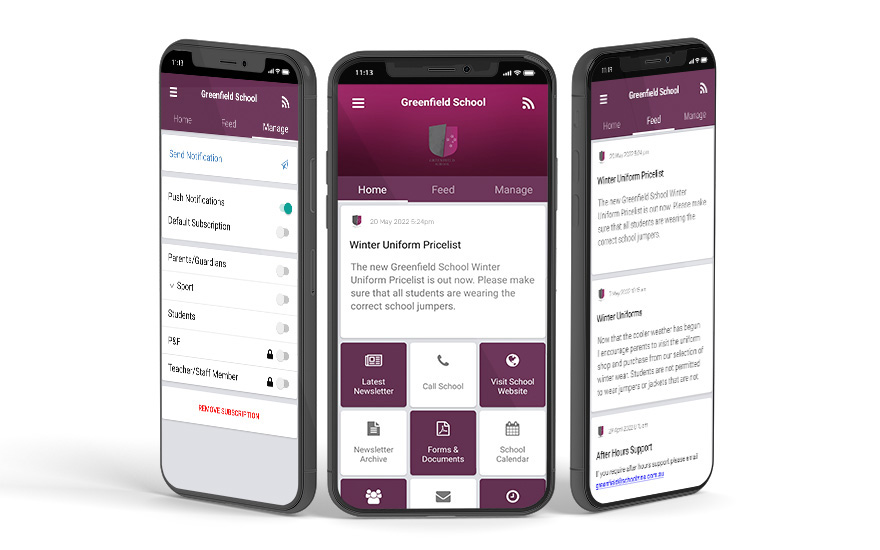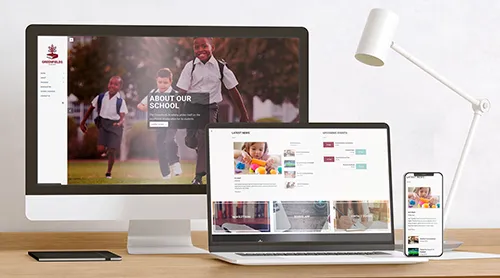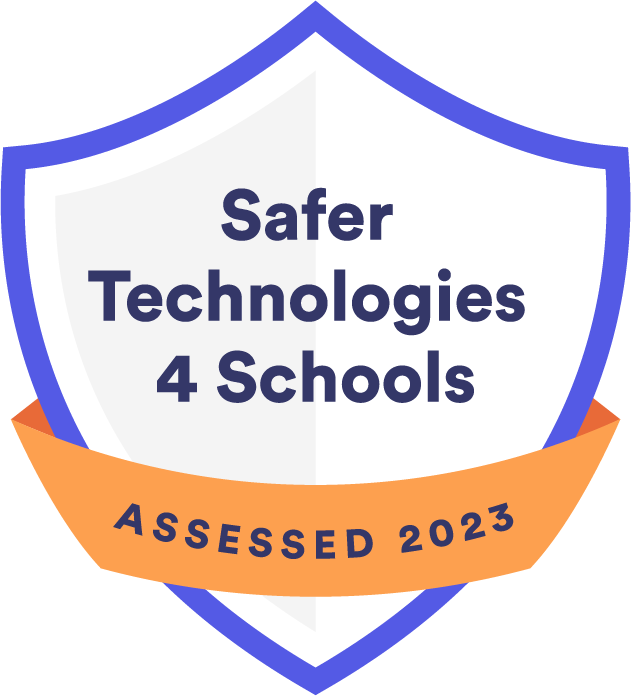In the digital age, school newsletters remain a vital communication tool, connecting schools with parents, students, and the community at large. To make the most of this, it’s essential to ensure your newsletters are engaging, informative, and user-friendly.
1. Inconsistent Publishing Schedule
In today’s fast-paced world, where information is constantly evolving, parents, students, and stakeholders rely on school newsletters as a trusted source of updates and insights into the school’s activities. These newsletters serve as a vital bridge between the school and its community, offering a glimpse into the events, achievements, and important dates that shape the educational experience.
Consistency in newsletter publication isn’t just a matter of convenience; it’s a reflection of the school’s commitment to transparency and effective communication. Schools that prioritise a reliable publishing schedule demonstrate their dedication to keeping everyone well-informed and engaged in the educational journey.
2. Poor Formatting and Design
An uncluttered, visually appealing design is essential for engaging readers with your content, especially in the context of school newsletters. The aesthetics and readability of your newsletter are the first thing that captures your readers’ attention, influencing whether they’ll stay engaged or move on. In today’s digital age, mobile responsiveness is paramount with an increasing number of people accessing emails and newsletters on their smartphones and tablets.
Nobody enjoys squinting at their screen or awkwardly expanding content on their mobile device. This frustration can ultimately lead to a decrease in engagement. Nowadays, people expect content to be mobile-friendly, allowing them to effortlessly scroll through images and watch videos on their phones.
3. Lack of Content Variety
Imagine receiving a school newsletter that feels like a broken record, repeating the same content week after week. It wouldn’t take long for that newsletter to become uninteresting and, eventually, ignored. This is precisely why avoiding repetitive or monotonous content is crucial for the success of your school newsletter.
Repetitive content can bore your readers, and it’s essential to understand what most parents want to see. School newsletters should cater to diverse interests, including school news, upcoming events, student achievements, informative articles, and always include lots of imagery. Imagery plays a significant role in capturing and retaining your readers’ attention. Parents want to see images and videos of their children, as these visual elements not only enhance their engagement but also provide a meaningful connection to their child’s educational journey.
4. Inaccurate Information
Inaccuracies in school newsletters can lead to a host of problems, from mild confusion to significant frustration and mistrust among your readers. To avoid the pitfall of inaccurate information in your school newsletters, consider implementing these best practices:
- Double-Check Facts: Before publishing, carefully review all information in your newsletter to ensure accuracy. Verify dates, times, locations, and details to minimise the chances of errors.
- Proofreading: Enlist the help of multiple individuals for proofreading. Fresh eyes are more likely to catch errors that might be overlooked by the original writer.
- Consult Multiple Sources: When reporting on events or important updates, consult multiple sources or individuals to cross-verify information.
- Clear Communication Channels: Establish clear communication channels within your school administration to ensure that the most up-to-date and accurate information is shared.
- Corrections and Apologies: If an error does occur, promptly issue corrections and apologies to your readers. Transparency can go a long way in rebuilding trust.
- Standard Operating Procedures: Implement standard operating procedures for newsletter creation and fact-checking to maintain consistency and accuracy over time.
By prioritising accuracy in your school newsletters, you not only ensure that your readers can rely on your information but also demonstrate your commitment to transparent and reliable communication. This helps maintain a positive and trusting relationship with your school community.
5. Ignoring Accessibility
Accessibility is a critical aspect of communication that should never be overlooked in school newsletters. Ignoring accessibility can unintentionally exclude individuals, which goes against the principles of inclusivity and equal access.
Prioritising accessibility in your school newsletters not only ensures that all members of your community can access and understand the information but also reflects your school’s commitment to diversity and inclusivity. All school newsletters should be easily translated into multiple languages, using plain and simple language, and providing alternative formats for those with visual or auditory impairments. By taking these steps, you create a more inclusive and equitable communication environment for everyone, fostering a stronger sense of unity and understanding within your school community.
6. Overwhelming Length
Lengthy school newsletters, although well-intentioned, can present a significant challenge to readers. This mistake occurs when newsletters are filled with an excessive amount of content or lack proper organisation, making them complicated and time-consuming to navigate. The modern family is busy and don’t necessarily have time to spend an hour reading through a three-thousand-word school newsletter.
By prioritising and summarising information, you can strike a balance between providing comprehensive information and respecting your readers’ time and attention. This ensures that your school newsletters remain informative, engaging, and accessible to a broad audience. We always recommend breaking up text with visually appealing modules like imagery, videos or a coloured text box.
7. Neglecting Engagement Opportunities
A school newsletter should be more than just a one-way channel for information dissemination. Neglecting opportunities for engagement in your newsletter can result in a missed connection with your audience. To ensure your school newsletter doesn’t miss out on engagement opportunities, consider implementing these best practices:
- Include Contact Information
- Have Interactive Content
- Provide Feedback Surveys
- Highlight Success Stories
- Promote Community Events
- Include Social Media Links
- Use images and video content
- Ask for Contributions from Parents, Students & Staff
By incorporating these best practices, you can transform your school newsletter into an interactive and engaging communication tool. This not only keeps your readers informed but also strengthens the sense of community and involvement within your school.
A well-crafted school newsletter can significantly improve communication between your school and its community. By avoiding these common mistakes and utilising Schoolzine’s eNewsletter template platform, you can create newsletters that are not only informative but also engaging and accessible.
Don’t miss out on the opportunity to enhance your school’s communication efforts – try Schoolzine today!
Ready to revamp your school newsletter with Schoolzine? Get started now!







